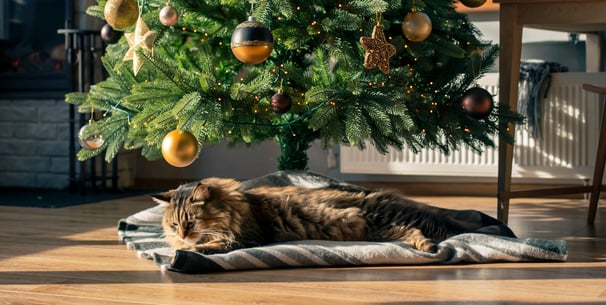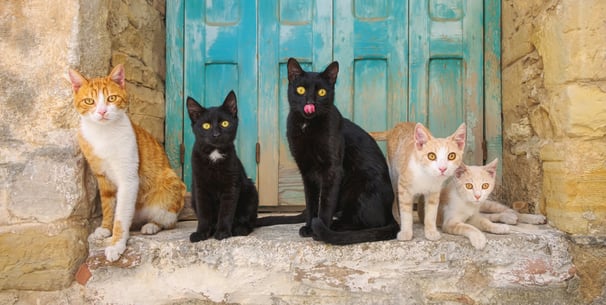Index:
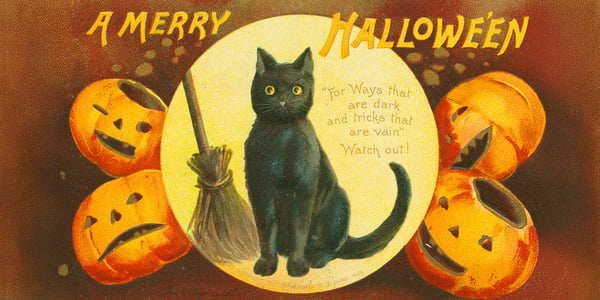


When you picture Halloween, chances are a black cat isn’t far away in your thoughts. Sleek, mysterious, and often perched alongside witches in decorations, black cats have become one of October’s most enduring symbols. But how did these enigmatic creatures come to be so deeply associated with Halloween - and why are they both feared and revered across cultures?
The story of black cats weaves through ancient mythology, medieval superstition, and global folklore, revealing that these animals are far more magical than monstrous. In this article, we’re taking a closer look at the history of black cats with the aim of challenging preconceived notions and stereotypes, and offering an alternate point of view that might just reframe how you view them.
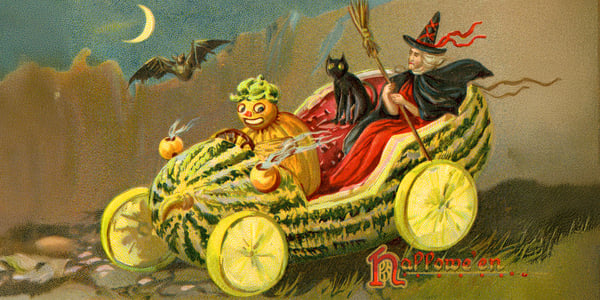


Cats as sacred symbols in the Ancient World
Long before black cats were associated with witches, they were revered as sacred beings. In ancient Egypt, cats were revered for their grace, hunting skills, and mystical aura. The goddess Bastet, protector of homes and bringer of fertility, was often depicted as a lioness or domestic cat. Killing a cat was considered a crime against the divine, and families kept them as sacred protectors. Black cats, in particular, were thought to bring good fortune to households.
Meanwhile, in Norse mythology, the goddess Freyja, associated with love, fertility, and magic, rode in a chariot pulled by two giant cats. Some interpretations suggest they were black, further tying these animals to mysticism and feminine power. Far from being unlucky, cats were initially celebrated as spiritual beings and protectors.
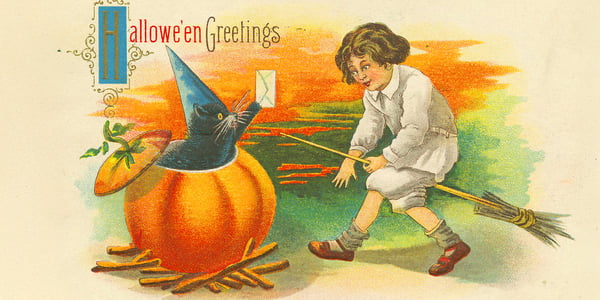


Witches, superstition, and the dark Middle Ages
So how did the black cat’s reputation change? The answer lies in medieval Europe.
During the Middle Ages, fear of witchcraft spread across the continent. Folklore claimed that witches kept familiars, animal companions that aided them in spells and mischief. Black cats, with their shadowy coats and nocturnal habits, were thought to be the perfect accomplices.
Some tales went further, suggesting witches could shape-shift into black cats to roam unnoticed at night. Others believed that crossing paths with a black cat meant encountering a disguised witch or demon.
This fear wasn’t just superstition; it had deadly consequences. Cats were sometimes persecuted or killed alongside women accused of witchcraft, cementing the animal’s association with danger and the supernatural.
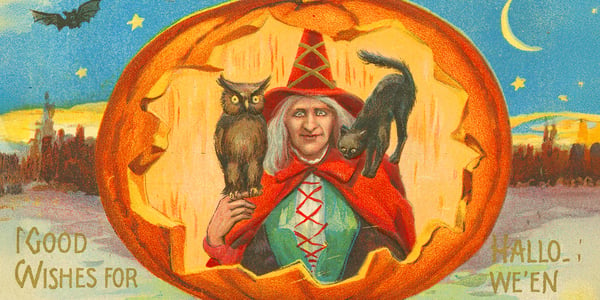


Black cats around the world: Lucky or cursed?
Not all cultures viewed black cats with suspicion. In fact, many saw them as signs of prosperity and protection:
Scotland: A black cat appearing on your doorstep was a sure sign of coming wealth.
Japan: Black cats were believed to bring good luck in love and ward off evil spirits.
Sailors’ lore: On ships, black cats were prized for luck and safe voyages. Fishermen’s wives would even keep them at home, believing the cats kept their husbands safe at sea.
Ireland: Folklore spoke of the Cat Síth, a spectral black cat said to haunt the highlands. While eerie, it was more mystical guardian than villain.
Depending on where you were in the world, a black cat could be either a harbinger of doom or a promise of fortune.
In the UK, black cats are less likely to be rehomed compared to their lighter counterparts. Why? People are still extremely superstitious, and such fearmongering leads to black cats staying in shelters far longer than they should.
Black cats take three times as long to be adopted compared to other animals.
Another tragic reason black cats are overlooked in shelters is due to their ‘plain’ appearance, which apparently makes them less Instagrammable than perhaps a tortoiseshell or calico. The RSPCA also revealed that how well a pet photographs is a part of the criteria when adopting for some, leading to black cats again being overlooked through no fault of their own.
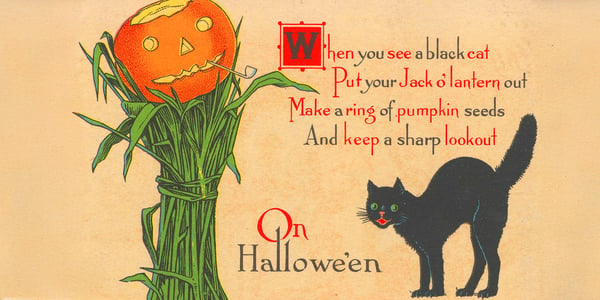


How black cats became a Halloween icon
By the 19th century, Halloween was slowly evolving into the one we recognise today, partially due to influence from the United States. Witches had become central to Halloween imagery, and with them came their shadowy companions: the black cat.
Victorian Halloween postcards and decorations often featured wide-eyed black cats, sometimes mischievous, sometimes sinister. Over time, these images stuck, solidifying the connection between cats, witches, and Halloween.
Even today, black cats remain one of the most recognisable icons of the season, often paired with pumpkins, haunted houses, and, of course, witches on broomsticks.
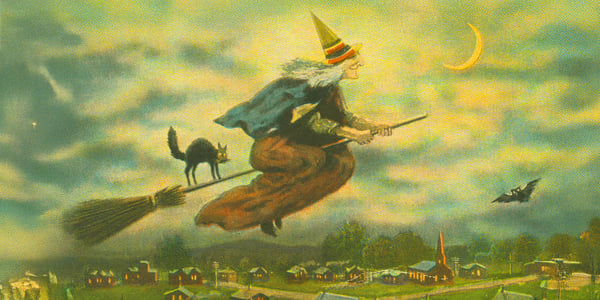


From spooky to special: The black cat today
While old superstitions linger, many people now see black cats for what they truly are: beautiful, affectionate companions. In fact, animal shelters and rescue programmes often run adoption incentives around Halloween to celebrate black cats and challenge the idea that they’re unlucky because how could the colour of an animal’s fur determine anything about their personality?
Instead of omens, we should seek to view black cats as living connections to folklore, creatures who carry centuries of myth, magic, and mystery on their sleek shoulders.
Black cats may once have been feared as witches’ familiars or unlucky omens, but their folklore tells a far richer story. From ancient Egypt’s sacred guardians to Scotland’s bringers of wealth, from Freyja’s mystical chariot-pullers to sailors’ good-luck charms, black cats have always carried an air of magic.
This Halloween and wider autumnal season, when you see a black cat, remember: behind the superstition lies a history rich in reverence, wonder, and a touch of enchantment.
Waggel Pet Insurance
Need more help? You're in luck if you're a Waggel Pet Insurance member. Along with our excellent coverage, we offer access to a 24/7 online vet to answer all your sticky questions, especially if you need grooming assistance.
Not a member? Why not get a quote now and cover your furry friend for a range of illnesses, all while enjoying our amazing perks and rewards.
Want more like this?
Get updates from us with helpful info, advice, answers to frequently asked questions and much more.
Index:
Related posts:
Get your quote
Along with our excellent coverage, we offer access to a 24/7 online vet to answer all your sticky questions.
